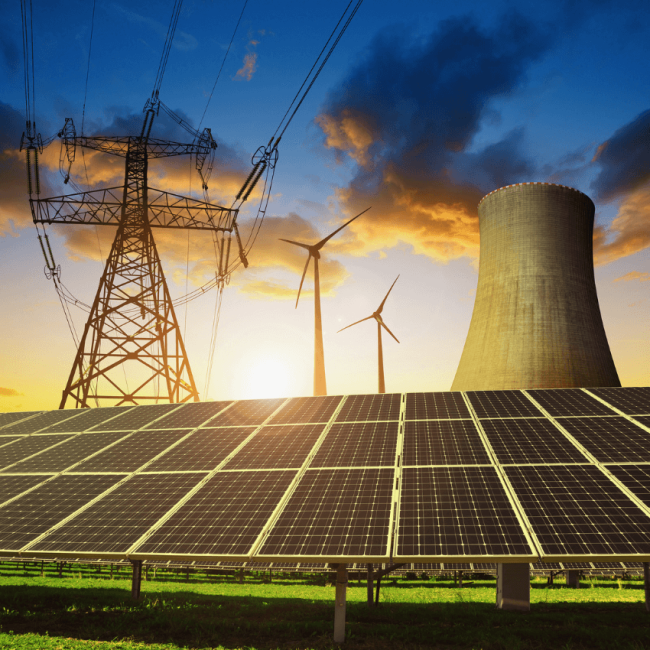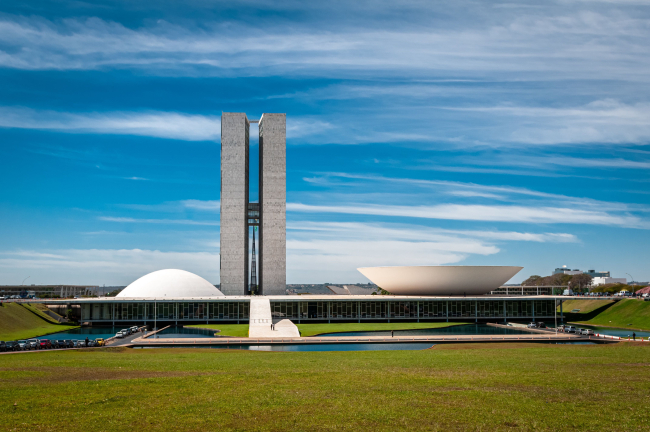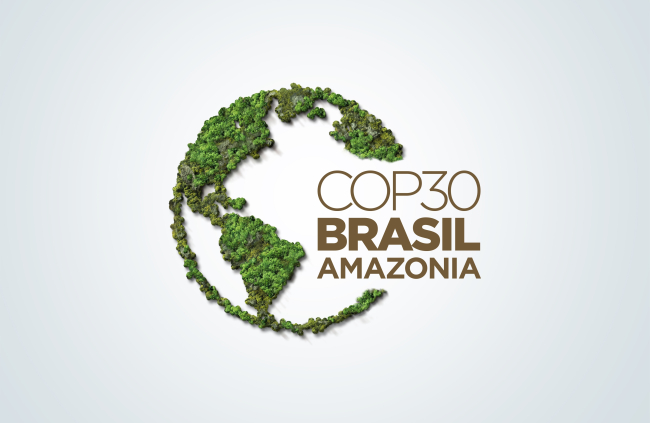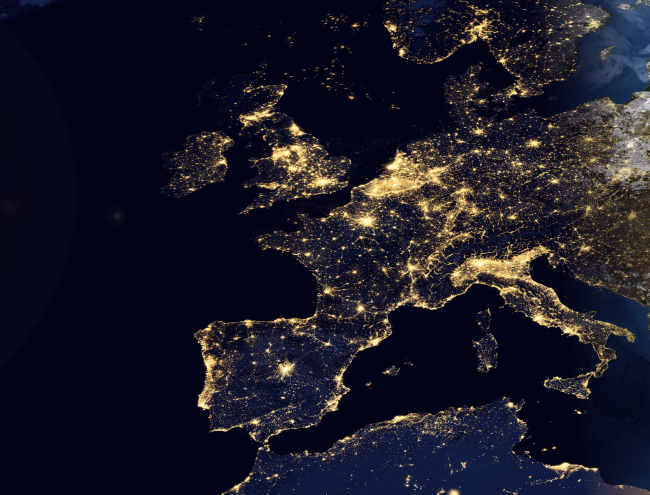February Gas Pains in Europe - Coping Is Not Managing: the Italian Response to the Gas Crisis

The recent cold spell that gripped much of Europe was a test for the European gas network. In many countries temperatures fell dramatically to -10°C during the first week of February, even dropping a bone chilling - 22°C in some places.
As the European Commission(s Director General for Energy Philippe Lowe said during a speech at our Annual Conference last Thursday (February 16) in Brussels, Europe(s gas network was able to respond to the sharp increase in demand despite a simultaneous drop in supply from Gazprom.
Indeed, a 2009-type crisis was avoided, no gas shortage occurred, and the countries depending on Russian gas did not experience the same disruptions. Yet, can we consider the outcome a success?
Only partially. The good news is that the infrastructure investments made in accordance with the Security of Supply Directive (SoS) proved adequate - i.e. storage facilities and reverse flow at interconnection points to ensure gas supplies to households for at least 30 days under severe conditions functioned properly. The bad news is that the market structure failed. Opaque metering practices, exchange of accusations between transit countries and main suppliers showed once again the need for a more transparent internal market and a more diversified supply strategy.
The Italian case provides for a useful basis for discussion.
Confirming the need for diversification of supply.
Italy is one of the biggest European gas markets with high levels of gas consumption in domestic heating and electricity generation and also depends on Russian gas for one fifth of its overall demand. On February 7th the country’s gas consumption reached a new peak of 460,9 Million cubic meters (Mcm) - beating the previous record of 459 Mcm set on December 17, 2010. Operators acted rapidly to this spike in demand by increasing their gas supplies at the interconnection points and by drawing gas from storage facilities. However, due to similarly bad weather conditions in Russia, gas deliveries to Italy could not be made in full. On February 4, for example, Russian gas imports were about 30% less than operators" needs, with only 30 Mcm entering the Italian system despite a need for 103 Mcm.
Italy therefore had to turn to Algeria, Northern Europe (reaching the maximum capacity of Transitgas pipeline) and Libya (though deliveries were relatively low due to the slow production pace since the 2011 Libyan revolution). Supply from LNG was on the other hand unexpectedly more difficult to mobilize, since bad sea conditions in the Tyrrhenian and Adriatic seas (West and East sides of the peninsula) prevented the ships from reaching their terminals.
A failure of market rules
The Italian government and regulator (Autorità per l’Energia Elettrica et il Gas - AEEG) managed this extreme situation by issuing a special emergency decision to modify the existing emergency law and the newly introduced balancing market system in order to provide more flexibility for operators. Emergency measures were created when the National Regulatory Authorities (NRAs) applied the SoS 2010 Regulation in order to face disruption crises and emergency situations. But in the Italian case these emergency rules were not fully applied, creating uncertainty among operators. What’s more, a simultaneous AEEG regulation in the electricity market introduced a controlled activation of oil fire plants, overcoming merit order and CO2 emissions limits. As a result, the nascent gas balancing market was not allowed to function, sell and buy prices were de-correlated and there were no incentives for responding to scarcity signals. This regulatory intervention prevented price signals from working correctly and to test the effectiveness of the recently introduced market rules.
Storage vs Imports.
Gas storage facilities (UGS) were relatively full when the cold weather began. Since winter had been very mild during the weeks before the falling temperatures started, these facilities were able to respond to the sharp increase quite effectively.
ENTSOG Winter 2012 Outlook predicted the overall resilience of UGS before the cold weather began. While this assumption weakens the recent Gazprom calls for more access to European storage, it does not diminish the importance of an overall survey of storage rules in the different countries. Storage access is managed differently among European countries, with regulated versus negotiated systems applied to these facilities, adding complexity to crisis management solutions.
Finally, the quarrel over “who kept the gas for themselves instead of honoring the supply and transit contracts” showed once again the need for more transparency in the transit pipelines rules. Or at least, a clear definition of what a transit pipeline is and which part is to be considered part of a national transport system.
Overall, Europe’s gas system was able to satisfy the sharp demand increase. However, in Italy this positive outcome was made possible by bending established market rules.
Will the current drafting activity that is going on in Brussels and Ljubljana in order to create the first European Network Codes give some answers? (Maybe, but at what price?)

Available in:
Regions and themes
Share
Related centers and programs
Discover our other research centers and programsFind out more
Discover all our analysesBrazil One Year Away from the October 2026 General Elections
Brazil’s general elections will be held on October 4, 2026, to elect the president, vice-president, members of the National Congress, governors, deputy governors and state legislative assemblies. For the presidential and gubernatorial elections, a second round will be held on October 25 if no candidate obtains a majority of the votes in the first round.
COP30: An Inflection Point for Climate Action and Governance
The 30th Conference of the Parties (COP30), opening in Belém, Brazil, on November 10th 2025, convenes at a perilous moment.
The Strategic Dimension of Skills in the Clean Industrial Deal
In the competitiveness and energy transition battles, the European Union (EU) must master a determinant factor: skills.
The Energy Transition Faces Geopolitical Challenges. How Can Ideological Divides Be Overcome?
President Trump’s positions and policies, combined with record coal consumption and booming global electricity demand, geo-economic confrontation, and widespread concerns about energy security, are changing the game when it comes to understanding realistic decarbonization trajectories. The war in Europe is intensifying competition between defense and transition budgets. This is also the case elsewhere in the world.









